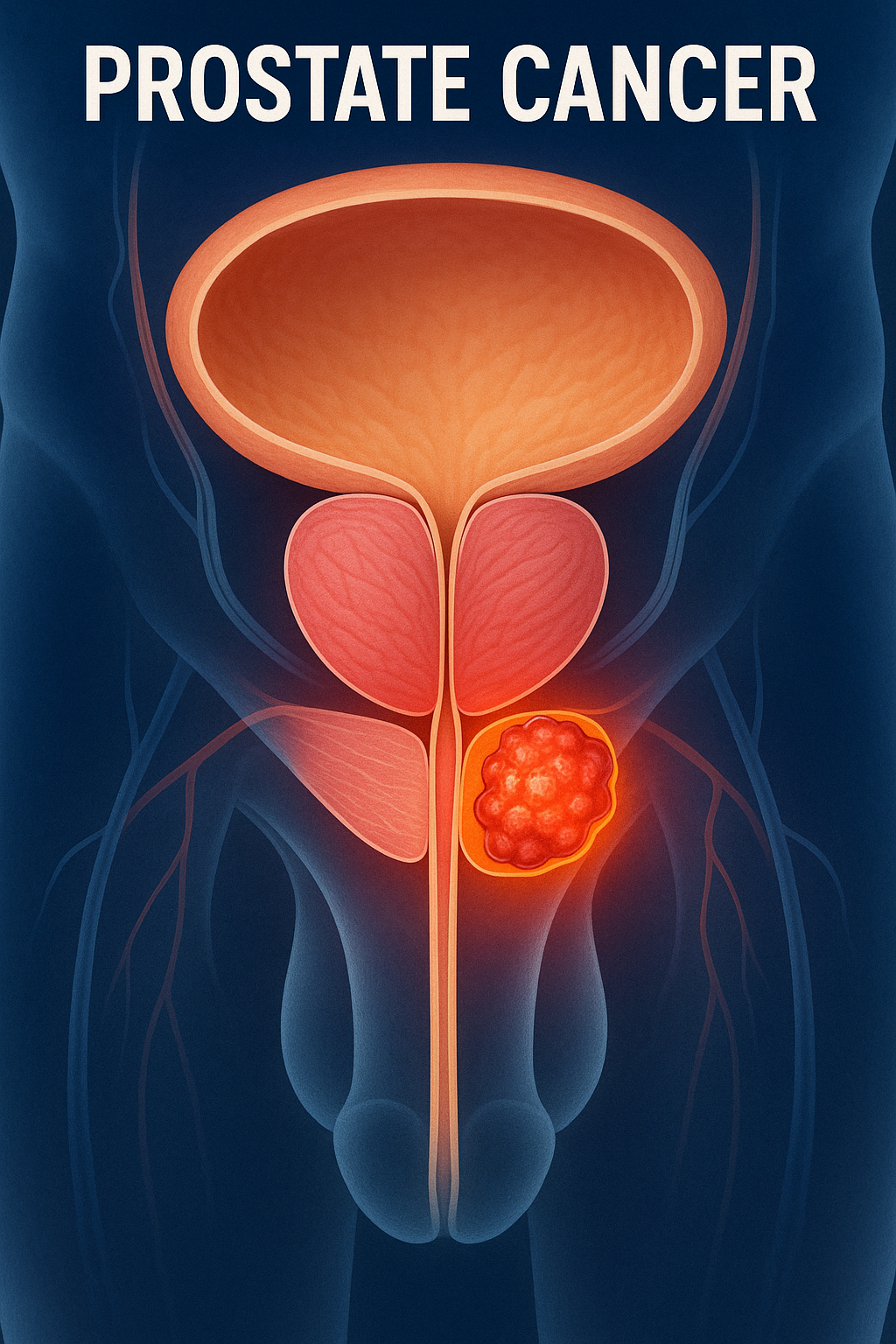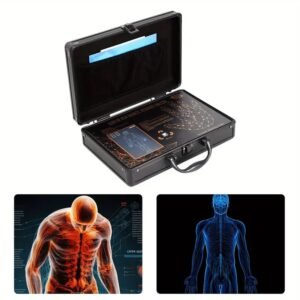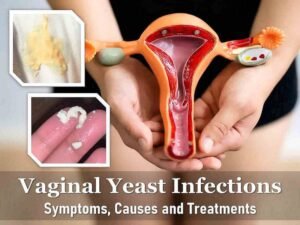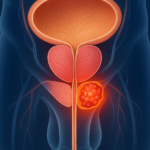Prostate cancer is one of the most common cancers affecting men worldwide. Early detection and awareness are critical to improving outcomes. In this blog, we’ll break down the basics of prostate cancer, its symptoms, risk factors, and actionable steps for prevention and treatment—all in simple, easy-to-understand language.
What is Prostate Cancer?
The prostate is a small gland below the bladder in men, responsible for producing seminal fluid. Prostate cancer occurs when cells in this gland grow uncontrollably. While it often grows slowly, aggressive forms can spread quickly if undetected.
Common Symptoms to Watch For
Early-stage prostate cancer may show no symptoms. However, as it progresses, watch for:
- Frequent urination (especially at night).
- Weak or interrupted urine flow.
- Blood in urine or semen.
- Pelvic discomfort or erectile dysfunction.
Who is at Risk?
Risk factors include:
- Age: Men over 50 are at higher risk.
- Family history: Genetics play a role.
- Race: African-American men face higher risks.
- Diet: High-fat diets may increase susceptibility.
Prevention Tips
Reduce your risk with these steps:
- Get screened regularly (PSA blood tests and exams).
- Eat a balanced diet rich in veggies, fruits, and lean proteins.
- Stay active—exercise lowers overall cancer risk.
- Avoid smoking and limit alcohol.
Treatment Options
Treatment depends on the cancer’s stage and aggressiveness:
- Active surveillance for slow-growing cases.
- Surgery (prostatectomy) to remove the gland.
- Radiation therapy or chemotherapy.
- Hormone therapy to block cancer growth.
Why Early Detection Matters
Prostate cancer has a 97% 5-year survival rate when caught early. Talk to your doctor about screening, especially if you’re over 50 or have a family history.
Here are the products that can help cure prostate cancer:







